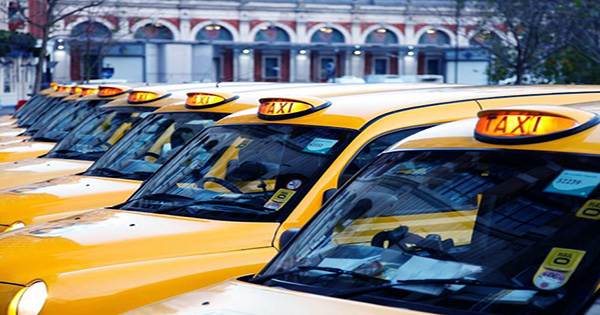GATE, a ride-hailing startup that continues to create niches for itself in crowded and competitive markets for enterprising transportation, focuses on enterprise accounts and connects nearly 1500 cities with Ride with the benefit of several third-party fleets, slowly returning to online on corporate travel. As it continues to double in its business model, another partner added today. Gate has an agreement to integrate Curb Mobility to integrate yellow taxis into the Gate app, which will now cover about 65 cities across the United States.
The news comes at a time when Gate is looking to expand its services to meet more demand: it notes that the Covid-19 rose to about 80% in early 2020, just before it landed in the Western world. From what we understand, the deal does not involve any investment in GATE – which has raised about $865 million to date (recently closed $115 million rounds) and was last valued at $1.5 million in 2019 – and Curb – which A part Verifone, the hardware company acquired it in 2015 after paying.
If you think it is weird for a payment hardware company to own a taxi fleet app, it is just part of Curb’s business and it has a hardware player: Yellow provides taxis a way to rock without Curb. It includes about 50,000 cabs and 100,000 drivers in the application – the company builds hardware for cabs and fleet management, including metering apps, payment terminals and interactive screens for passengers to navigate, deliver news, ads, and more. In order to differentiate its service from the world’s most expensive Ubers and Lyfts, Gate is developing a two-pronged strategy that covers both how it scales and how it delivers to its users.
On the scaling front, Gate has been moving away from managing contractor driver fleets in the U.S. for several years now: in 2019, after years of chanting slogans against Lyft and Uber in New York’s primary metro market, the gate has effectively closed. Its main fleet operation in the area and instead signed an agreement with the elevator. It has a kind of template that the company is repeating in other cities outside the United States where it does not have enough market share.
(For example, Ola is another gate partner.) Partner fleets accounted for one-third of Gate’s business in the first quarter of this year, but as Gate brings more to its network, partner fleets expected to cover most of its journey by the end of this year. Gate Ride at the front of the service has made a big bet in favor of creating a platform that integrates with the business at the back end to make ordering easier and easily reconciles business expenses and accounting software. Gate customers will be the big pitch of Gate is that this software makes it less expensive and significantly more efficient to build a cab using Gate compared to the options – users can compare different prices from different suppliers – and it gives users significantly more choice.














